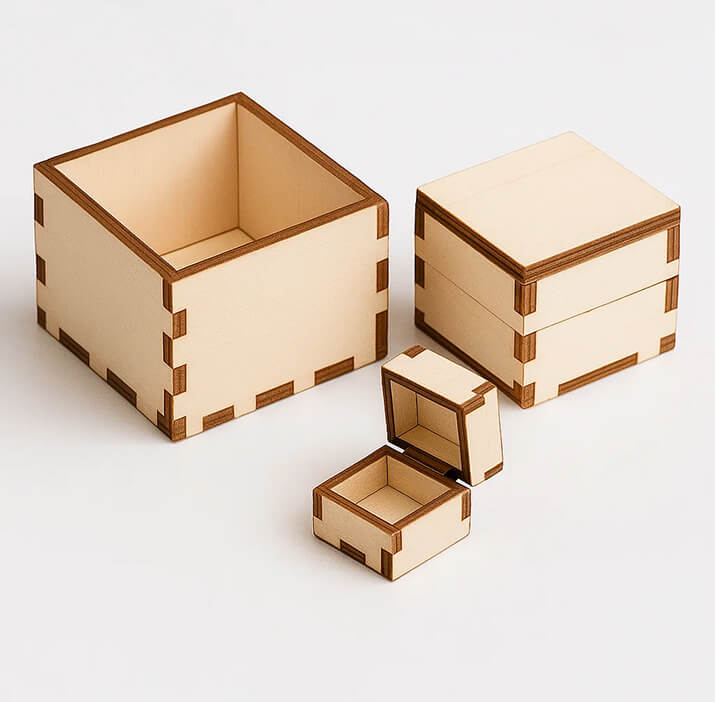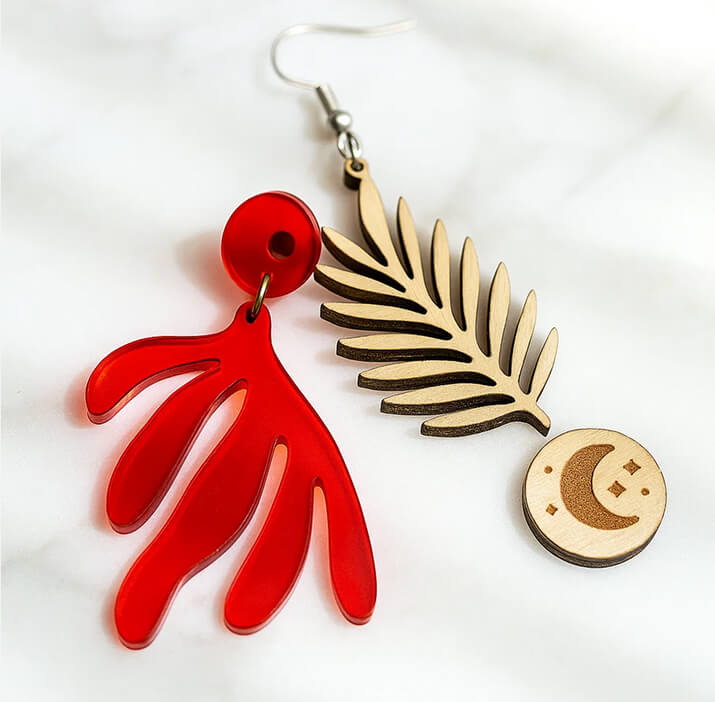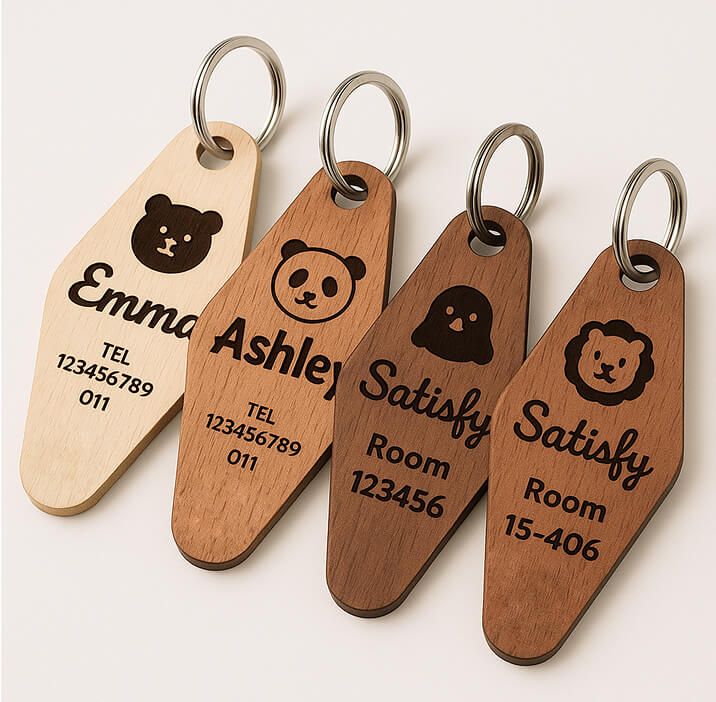![[Laser cut and engrave] Week 4 Gift for yourself – M1 Tool stand](https://image-res.xtool.com/ali-res/community/making/dbdde013-6413-4add-b44f-ca937e33f8cd.jpg?x-oss-process=image/resize,w_1200,h_900,limit_0/interlace,1/format,webp/auto-orient,1)
Week 4 Gift for yourself – M1 Tool stand

Information
xTool offers a great vinyl cutter tool set for the M1 with scraper, tweezers, spatula, weeder and scissors - everything that you need to work with the blade cutter and vinyl. I can highly recommend this set, but comes in a simple plastic and paper packaging which is not that useful when you use it frequently. I always wanted to have a better solution here and so my last task in this 4 week challenge – a gift for myself – is a tool stand for exactly this kit.
Instruction
Step1
We start with the outline of the tools which will be scored in the wood. I placed all the tools on a scanner and left the lid open. This way you get a good, bright picture of the tools and a black background. It is important that you perfectly line up the holes of the tools. A precise work here will save time later. Of course you could do this also with the camera in the M1. But as this is a fisheye camera at a low angle and the tools are not flat, it will be more precise with a scanner.
Next you have to edit the picture. We need a transparent background. You can do this in GIMP, Photoshop or whatever pixel based graphics program you are used to. Or you could take the picture which is provided here. If the quality of your scan is good enough, even the picture editing function in XCS will be fine. Just select the greyscale range in a way that you have only black and white left and remove the background.
If you have edited the picture externally, load it into XCS. If you edited with photoshop, set the dpis correctly and saved to a png file, XCS will open the picture in the right size. Now use the outline function to create a vector. We need an offset of 0mm and we need inner outlines. This gives great vectors that we can use to engrave later.
Step2
In this step we will construct the main plate. For my setup I have created the main plate with a size of 200 x 200 mm.
Next create a rectangle of 200mm x 4mm (width of the main plate x thickness of the material) and place this at the desired height for the hooks. I have choosen 15mm from the top of the plate. This rectangle is only a support geometric structure for the further construction and can be deleted before you laser this. We will have all hooks in this line. First align the outline of the tools with this rectangle. The top of the holes of the tools should align with the top of the rectangle. Now create holes for the hooks in the support structure. Enter the vertical position (15mm) and the height (4mm) in numbers and adjust the x-position and width optically to match the holes of the tools. I used 8mm holes for the scissors, 30mm for the scraper and 5mm for the other tools. This should also be visible from the pictures included in this step.
Double check that the positions are as well within the support rectangle as well within the holes out the tool outlines.
Make holes in the main plate where the stands will be glued to. I used 10mm by 4mm holes (4mm is the thickness of my plywood) and constructed a line of holes 50mm away from the vertical edges of my plate – so 10 holes per side.
Step3
Select the holes for the hooks and make a copy of them at the same x-coordinate as the main plate but above this. These will be the hooks later. Select all and change the height. I used material thickness plus about 15mm. We will need a connecting rectangle of 200mm (width of the main plate) by 15mm above the hooks and some ellipses at the lower end of the hooks (see pictures). Unite all these geometries to create the hook bar.
Construct small holes of 4mm x 5mm, 50mm away from the sides. This will be the connection to the stands. Subtract these two holes from the hook bar. (again: see pictures)
Step4
The last part that we need is the stand. I have used a rectangle of 200mm (height of the main plate) x 75mm here. Create interlocks with the main plate. If you started your vertical line of holes at the top of the main plate, start here 10mm (size of the holes) lower with holes directly at the edge. Subtract those little rectangles from the main one.
Next we need a gap for the hook bar. Create a 10mm x 4mm rectangle directly at the vertical edge of the main rectangle, 15mm away from the top. (see pictures)
Now create a bigger rectangle and turn this by 10 degrees (if your interlocks are on the left you have to turn it counter-clockwise, so -10°). Align it, so that the lower right corner of this is on the right edge of your stand and the lower edge of the rectangle goes through the lower left corner of your stand (see pictures!). Choose Combine -> Unite at overlap.
Step5
Remove the helping geometry from step 2 before you cut the tiles.
Now you have either created the stand by yourself or you have downloaded the provided XCS file. Cut this from 4mm plywood at 95 percent, 4mm/s and score the tool outlines at 80 percent, 40mm/s. Now first insert the hookbar in the main plate and the glue the stands behind it.




